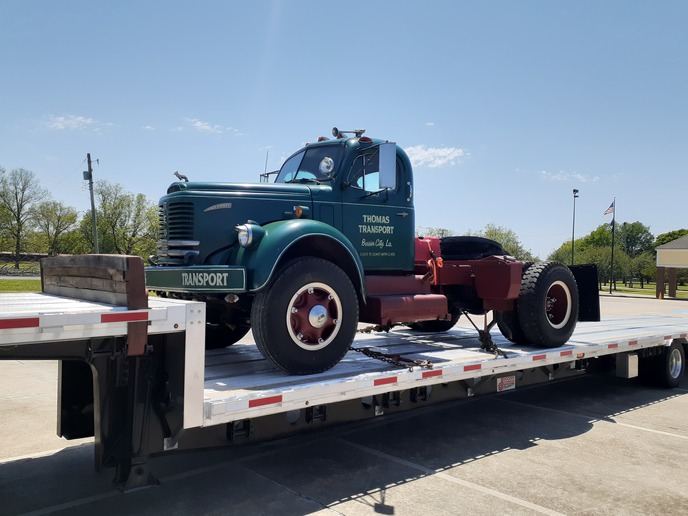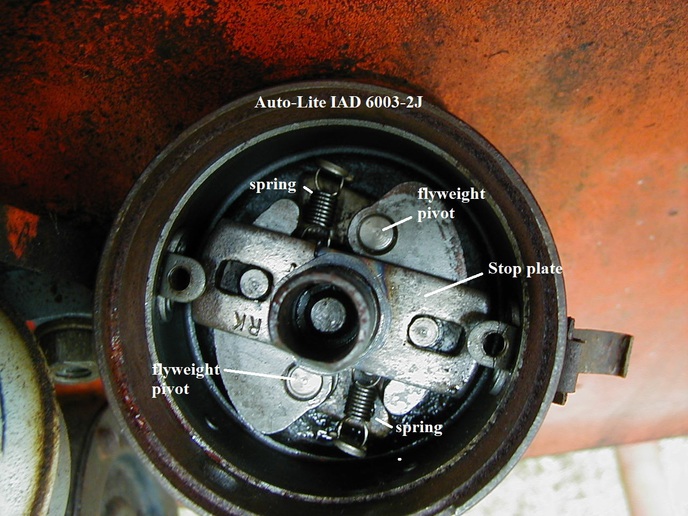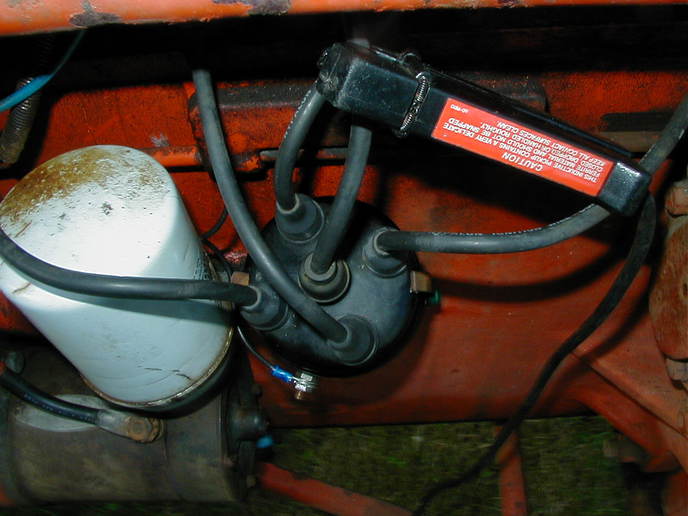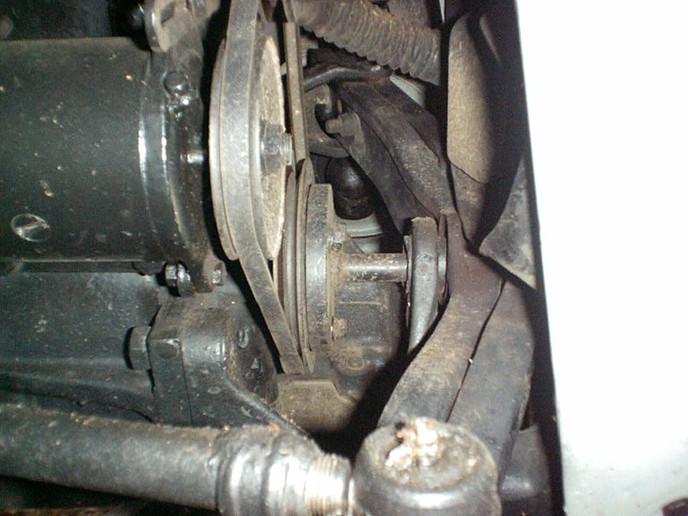Not wanting to hijack BTM's flathead post below, I've started a new post about the last stand of automotive flathead engines.
In the very early 1950s, the Hudson Hornet ruled the stock car racing circuit that became NASCAR.
The Hornet was powered by a 308 CI flathead six with twin single barrel carburetors, "high compression" cylinder head, and low restriction exhaust. The Hudsons were also advantaged by the, then innovative, Hudson "step down" design that lowered the center of gravity of the cars. Within years, all US automotive manufacturers would follow Hudson's lead by producing cars with similar design.
The Hudson Hornets dominated stock car racing for a couple of years after the OHV Oldsmobiles and Cadillacs were introduced in 1949.
Though automotive flat head engines were produced until the mid/late 1950s, the handwriting had been on the wall since WWII.
FWIW, I saw a Hudson Hornet with "Twin H Power" at an auto show this past year. IIRC, it was a 1952. I spent the best part of an hour speaking with the owner about Hudsons. During this time, I remember no one else even stopping to look at his Hudson. Sad.
Dean
Hudson Hornet
In the very early 1950s, the Hudson Hornet ruled the stock car racing circuit that became NASCAR.
The Hornet was powered by a 308 CI flathead six with twin single barrel carburetors, "high compression" cylinder head, and low restriction exhaust. The Hudsons were also advantaged by the, then innovative, Hudson "step down" design that lowered the center of gravity of the cars. Within years, all US automotive manufacturers would follow Hudson's lead by producing cars with similar design.
The Hudson Hornets dominated stock car racing for a couple of years after the OHV Oldsmobiles and Cadillacs were introduced in 1949.
Though automotive flat head engines were produced until the mid/late 1950s, the handwriting had been on the wall since WWII.
FWIW, I saw a Hudson Hornet with "Twin H Power" at an auto show this past year. IIRC, it was a 1952. I spent the best part of an hour speaking with the owner about Hudsons. During this time, I remember no one else even stopping to look at his Hudson. Sad.
Dean
Hudson Hornet





